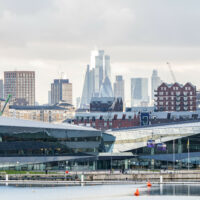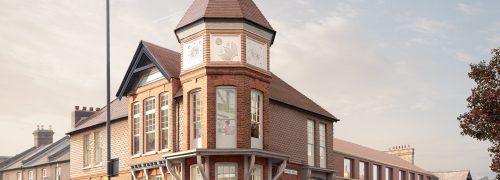
Regeneration news
Tate Institute restoration progresses: blending heritage with sustainability
Newham council has approved Office S&M Architect’s planning application for the deep retrofit of the Tate Institute. The locally listed heritage building located in Silvertown has been derelict since 2019, and the clients - ReSpace Projects has been working closely with the architects to bring the Tate Institute back to its former glory and back into community use for the people of Newham.
Work is already underway, with scaffolding erected and the initial strip-out phase continuing through the end of November. Local contractors, Arbery, are carefully exposing key features such as brickwork, concrete slabs, and timber roof trusses while preserving significant historic elements like the original cast iron columns, fireplaces, wall-hung tiles, and the lead roof cowl. The contractor has taken the building back to its historic bones, to help the building breathe, reducing the effects of the water damage over the years. Currently they are making the vital repair works to the structural timbers before beginning the reclaimed and natural material-led retrofit process.
Once the demolition phase concludes, December will be dedicated to critical structural works and repairs, addressing the foundational elements that support the building. In January, the restoration will focus on installing new heritage roof tiles, which will honor and preserve the Institute’s historical character. Following this, February and March will see the addition of breathable, insulated cladding. This essential work will enhance the building’s energy efficiency while respecting the architectural heritage of the site.
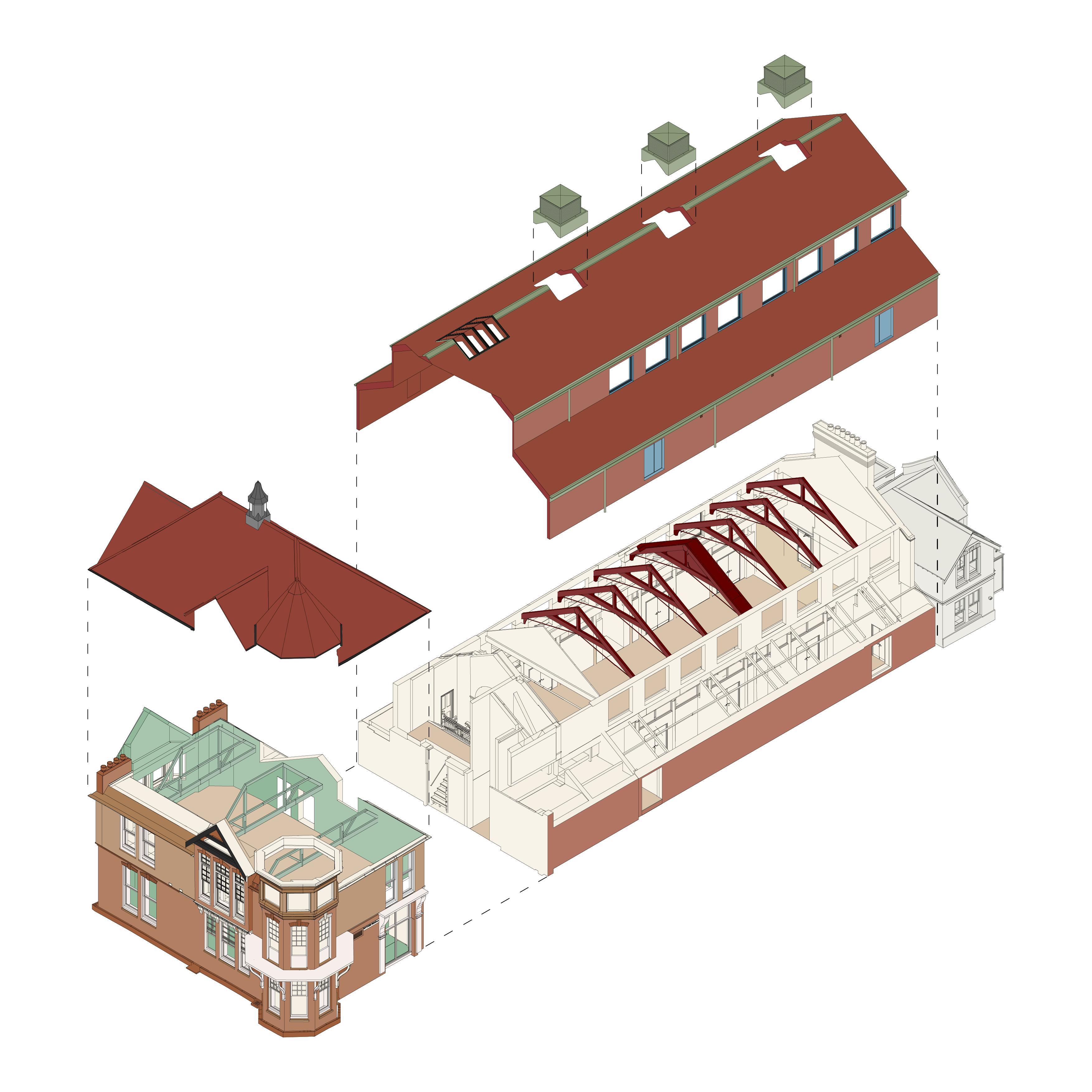
Drawings by S&M Architects
Sustainability and circular economy principles are central to this restoration effort. Materials from the demolition process are being recorded, protected, and repurposed creatively on-site. Materials from the demolition are being recorded, stored, protected, and eventually re-used on site to repair other elements of the building or used in new and inventive ways. For instance, timbers from the floor structure will be used to repair the damaged roof.
Meanwhile, ReSpace Projects, in partnership with material brokers Re:New, are sourcing natural and reclaimed materials off-site, including 20 tonnes of cross-laminated timber (CLT) that would otherwise have gone to waste, to construct durable new workshop spaces. Everything from heritage gutters, tiles, and sanitaryware to lighting fixtures and kitchen sinks has been reclaimed, promising to add unique character to the restored Tate Institute.
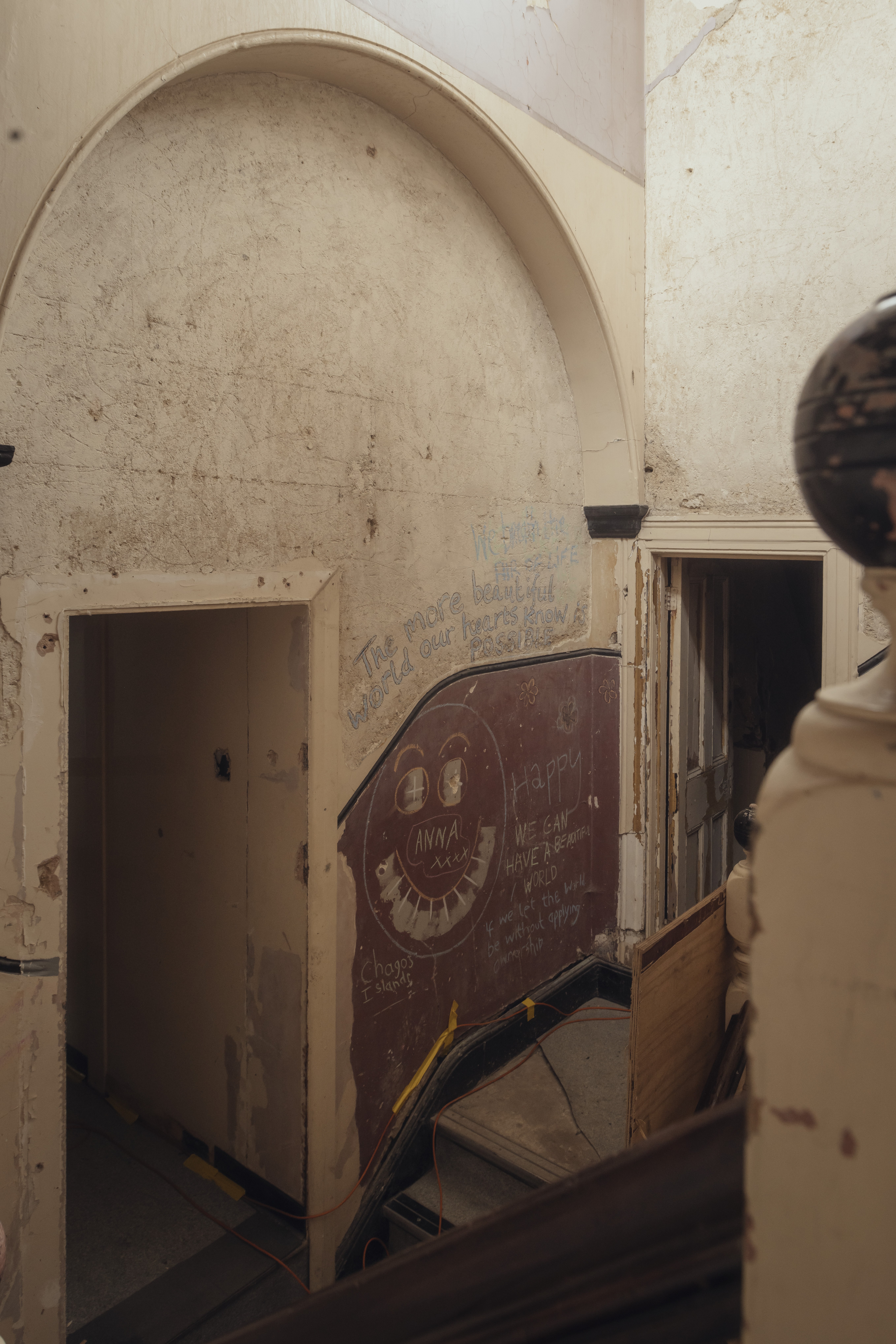
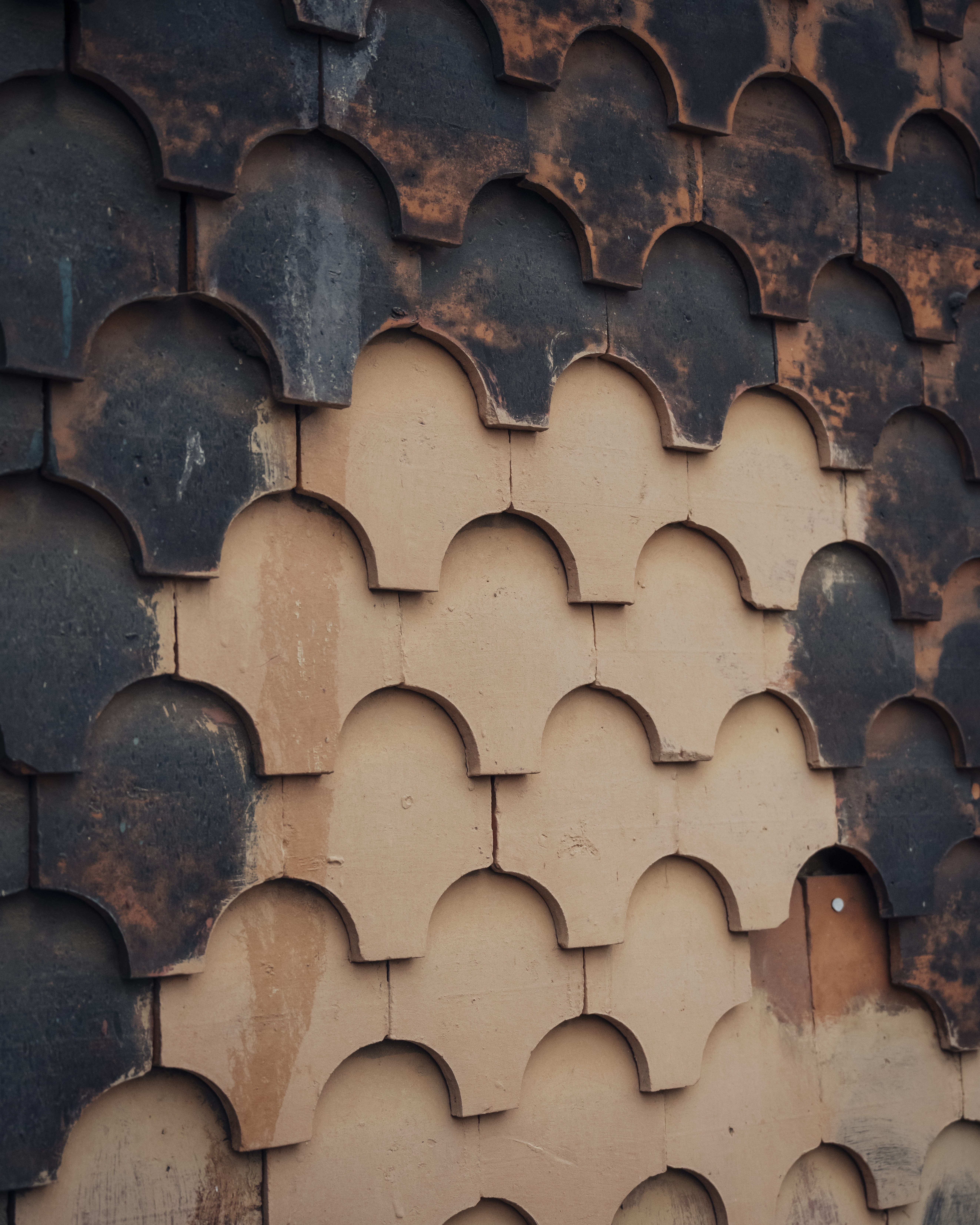
Photos by Jim Stephenson
The project is on track for completion by May 2025, marking a significant milestone in revitalizing this historic landmark. The result will be a safe, watertight, accessible, and operational space that will serve the Newham community for generations to come, blending heritage preservation with modern sustainability practices.
